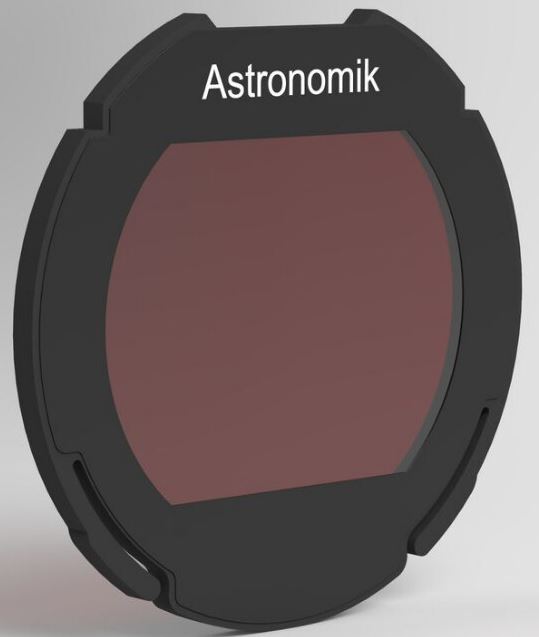The new filters in the MaxFR range are optimised for astrophotography using very fast telescopes, such as the Celestron RASA scopes or the Takahashi Epsilon astrographs.
Astronomik has made these filters available for the three most important spectral lines, namely OIII, H-alpha and SII, each available in half widths of 12 and 6 nanometres.
When you observe beneath brightened skies, astrophotography with line filters provides you with the best opportunties to capture successful images. Generally, an H-alpha filter is the first sensible purchase: Using this filter, you can effortlessly capture detailed images, even during the full Moon or beneath heavily brightened skies! It is also the correct filter for all nebulae which emit red light.
The OIII filter significantly increases your options as it enables all green/blue structures to be captured in detailed and high-contrast images. Planetary nebulae and star formation regions are especially rewarding targets!
The SII filter then completes your filter set, and enables you to create the same colour photographs as the Hubble Space Telescope using the three channels!
Which half width is right? In short, the use of 12 nanometre filters is ideal for DSLR cameras and all dark-current-limited cameras. Further suppressing the sky background using a narrower half width does not create more detail with these cameras. The 6 nanometre filters are the right choice for locations with more light pollution and for cameras with extremely low dark current, for example cameras with very good cooling. Especially in very starry regions of the Milky Way, the 6nm filter can also capture weak objects in high-contrast without them becoming lost in the mass of stars.
You can find an overview of all filters in the range here.

